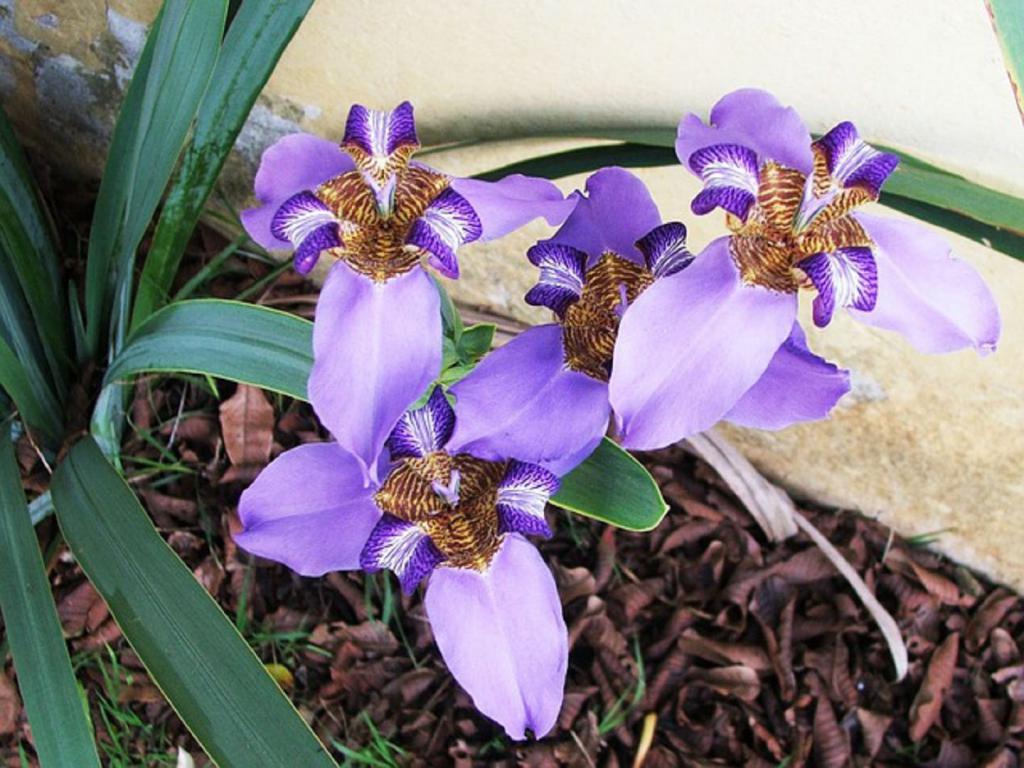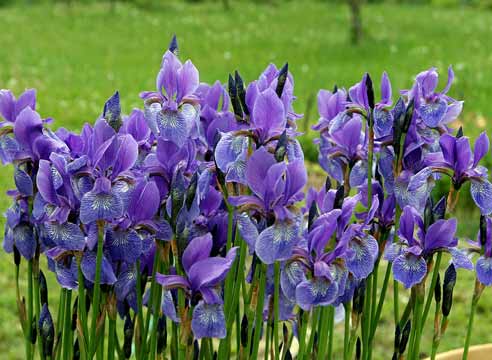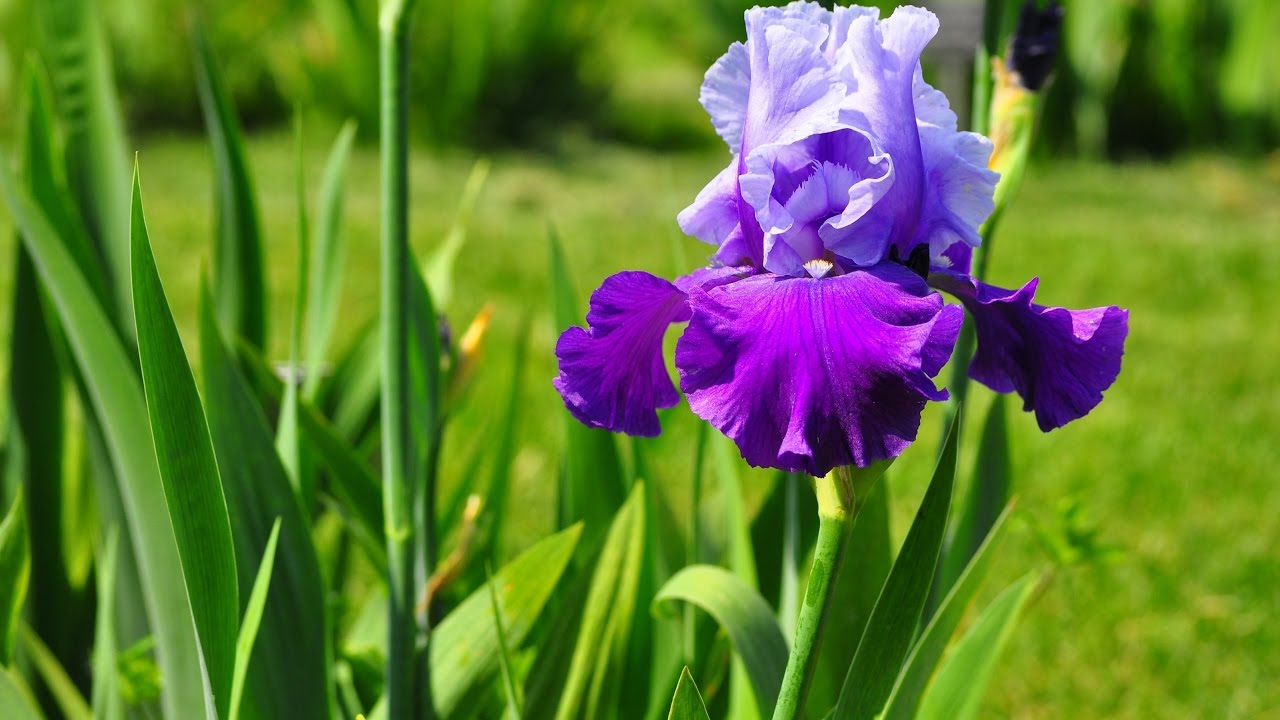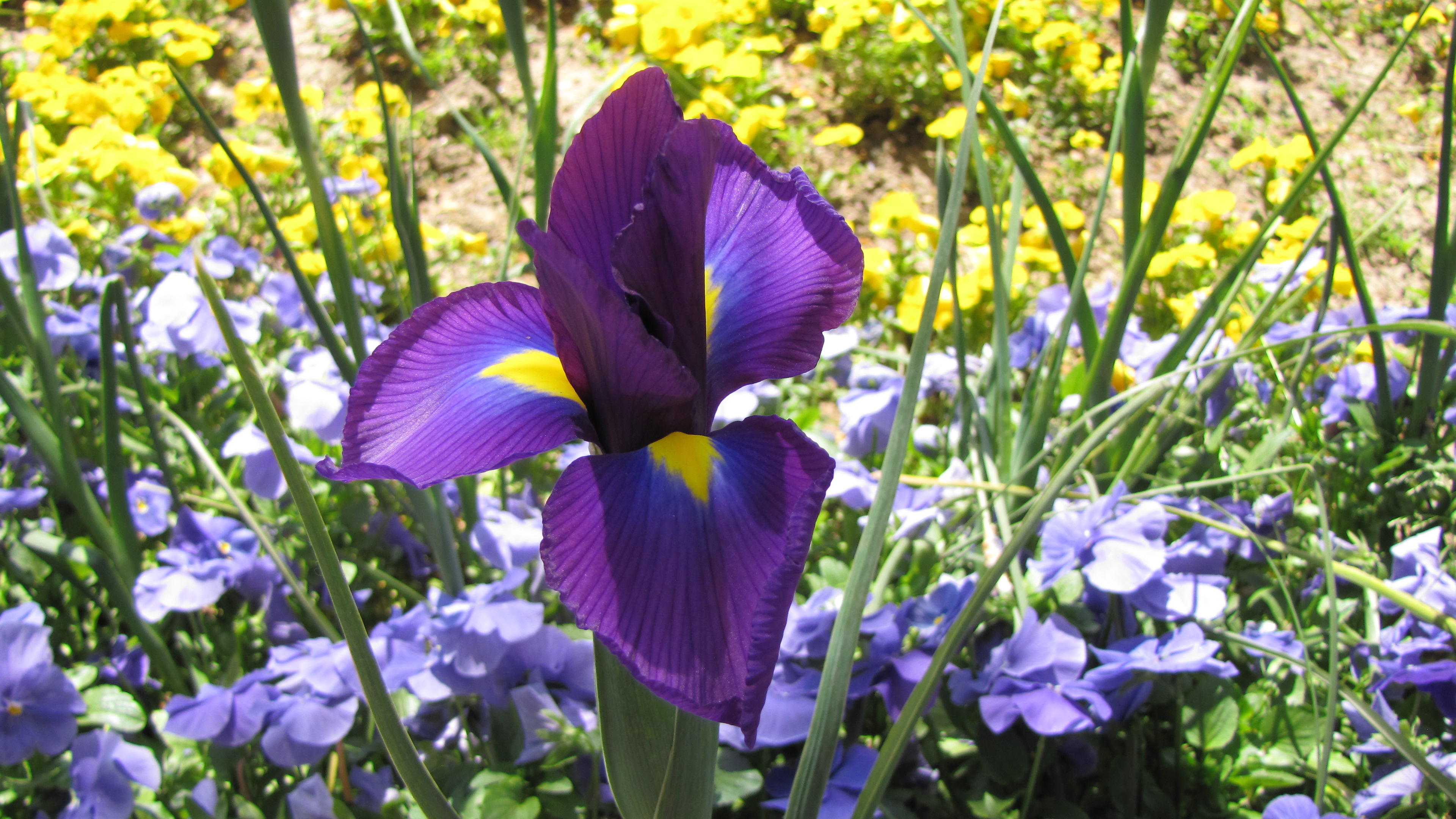Regular care of irises in the fall will ensure their flowering in spring and summer. Botanists attribute them to the least demanding representatives of the flower world, who need minimal care. We are talking about the autumn preparation of irises for wintering - pruning, feeding, shelter for the winter and transplanting. The last manipulation is necessary in regions with a harsh winter climate. Other procedures are mandatory.
Content
Trimming removes dried parts
In winter, iris spends all its efforts to maintain its vital functions. The fewer dry leaves he will have, the easier it is for a representative of the plant kingdom to survive the cold. As soon as flowering is completed, pruning is carried out. In the middle lane, we are talking about the beginning of October, and in the southern regions - in early November. Regardless of the region, pruning is carried out 1.5 weeks before frosts. Green leaves should not be touched. Photosynthesis is active in them. It is necessary to maintain the life of the plant.
Cropping Rules
Use sharp scissors. Accuracy is the key to success. Minor damage will lead to rot and disease. The second rule - you can not manually pluck dried leaves and flowers. Other recommendations are as follows:
- peduncles are removed to the base;
- permissible stem length - 3 cm;
- stems whose length exceeds 3 cm are removed;
- in the first decade of October, wilted foliage is cut at a level of 15 cm;
- the plant is shaped like a cone.
After trimming, irises are not watered or fertilized. The ban applies to organic nutrients - chicken droppings and manure.
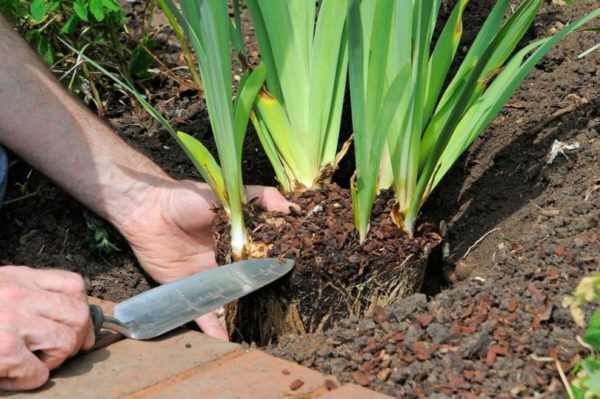
Care after trimming
Botanists recommend using 14 days before pruning and 2 weeks after completing complex feeding. They contain superphosphate and potassium salts. When choosing nutrients, the climatic features of the region are evaluated:
- Mild winter - bet on potassium and phosphorus. They enhance the immunity of iris. With the beginning of flowering, flower buds form faster. For every 1 m2 of the garden, 30 g of potassium salt and 60 g of superphosphates are taken. Before fertilizing, flowers are watered, and the ground is loosened.
- Harsh winter - take any nutritional composition. Buy it in a store for goods for a gardener. 100 g of nutrient mixture are taken per 1 bucket of water. The solution is used for watering. Consumption level - ¼ buckets per 1 flower.
Botanists advise you not to report a little fertilizer, rather than exceed the recommended dosage.
Autumn transplant and landing
Spend it for 7-8 weeks before the onset of frost. The starting point will be the state of the leaves of iris. Once they dry, you can transplant. Gardeners follow the procedure below:
- dig a rhizome;
- clear it of soil;
- separate the baby;
- planting material is placed in a dry plastic container;
- it is placed in the room for 30 days for drying;
- as soon as 1 month has passed, iris is transplanted into the ground;
- for planting, choose a plot of the garden that receives a large amount of sunlight;
- the area should not stagnate.
Once the manipulations are completed, the green spaces are prepared for winter. Regardless of whether the gardener planted the bulbous or root type of iris, he is sheltered for the winter. Otherwise, by spring, green spaces will die.
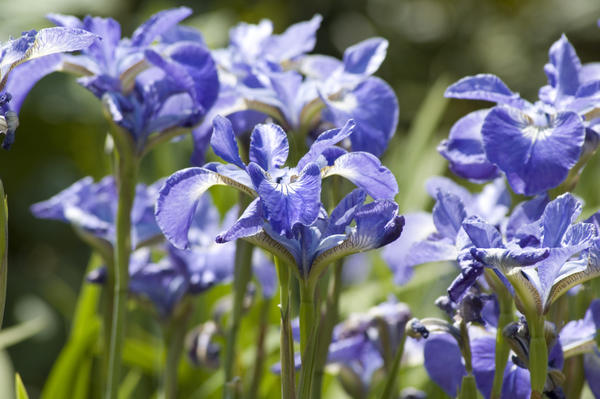 You may be interested in:
You may be interested in:Shelter for the winter
In regions with harsh winters, frost-resistant varieties are planted that shelter for the winter. On the positive side, the "iris" of the following varieties has proved itself:
- Vinogradova;
- "Danford";
- "Reticulate";
- "British";
- "Siberian".
There are no such restrictions for the southern regions. The following recommendations help minimize errors during shelter:
- frost-resistant varieties are sheltered on those days when the temperature drops below -10 C;
- if the flowers were transplanted 2 weeks before the onset of cold weather, then they are covered;
- the root system of hybrids and winter-hardy irises is covered without fail;
- the earth within a radius of 20 cm from the base of the iris is covered with a 25-cm layer of mulch (dry ground, low-lying peat or humus);
- the aerial part is covered with dry spruce branches.
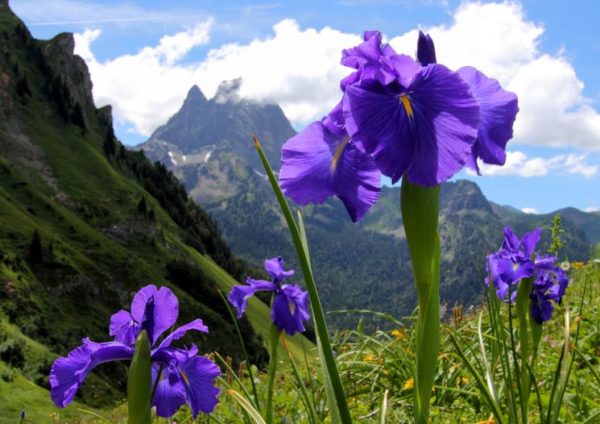
Regional features of the shelter
Summer residents have a lot of questions when it comes to the need for shelter. It is a mistake to believe that one should rely only on the climatic features of the region and the degree of demanding variety. Less always worries among residents of the southern regions. A large amount of snow, “mild” winter and a moderate level of humidity are factors that will keep irises until spring. The snow cover will act as a conditional shock absorber. It does not melt until spring. It is enough for the gardener to cover the root system with one of the methods listed above.
Residents of regions with a "capricious" climate are forced to spend more time and effort on preparing green spaces. It is about Siberia and the Urals. With some reservations, the list will be supplemented by the Moscow Region and the middle lane. Severe frosts are rare, but the gardener should be ready for them. The main problem of the region is the risk of a significant difference between daytime and nighttime temperatures. Do not be mistaken that the greenhouse will protect the irises. Flowers need to be covered.
Thick material will do. Its structure should not let in gusts of cold air. Under the cover is a layer of mulch. Botanists recommend that residents of Siberia and the Urals refuse to plant varieties that are obtained as a result of hybridization. Probability to see in spring blooming iris strive for "zero". Preference is given to green spaces, which are bred specifically for planting in the northern regions.
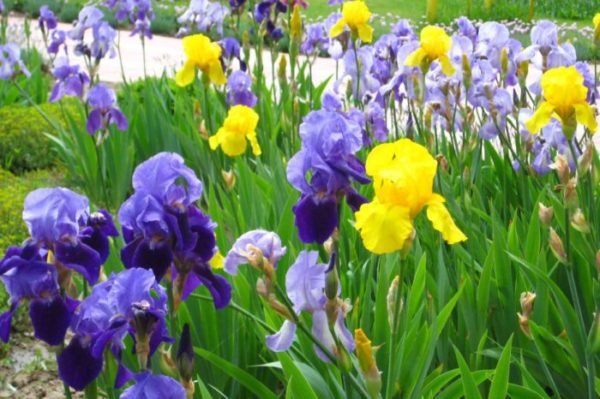
Procedure in case of emergency
Beginners and professionals are not always able to protect the flowers from the cold. As soon as they notice that the green spaces have frozen, they immediately intervene in the situation:
- carefully remove dead leaves;
- remove the resulting "gruel";
- cleaning is carried out until the appearance of hard tissue of the plant;
- the slice is treated with a 3% solution of potassium permanganate - the more saturated the color, the better;
- “Wounds” are sprinkled with ash - it can be replaced with crushed coal.
Iris is a perennial plant that feels good in almost all climatic zones. Planting is carried out taking into account the night and day temperature ranges, moisture levels and nutritional characteristics of soils. Botanists are advised to take frost-resistant varieties. In the southern regions there are no such restrictions. Transplantation, planting and pruning are manipulations that are carried out 3 weeks (at least) before the onset of cold weather. After their completion, the iris is watered, fed and covered.

